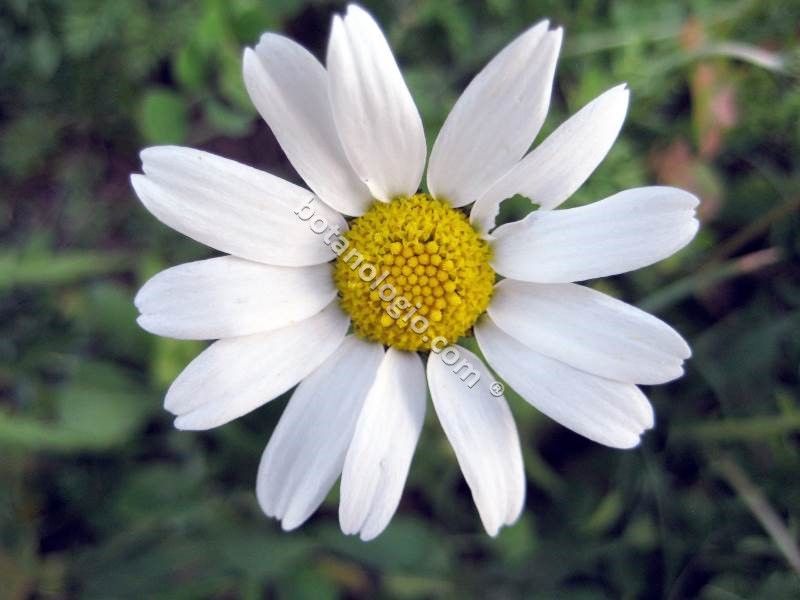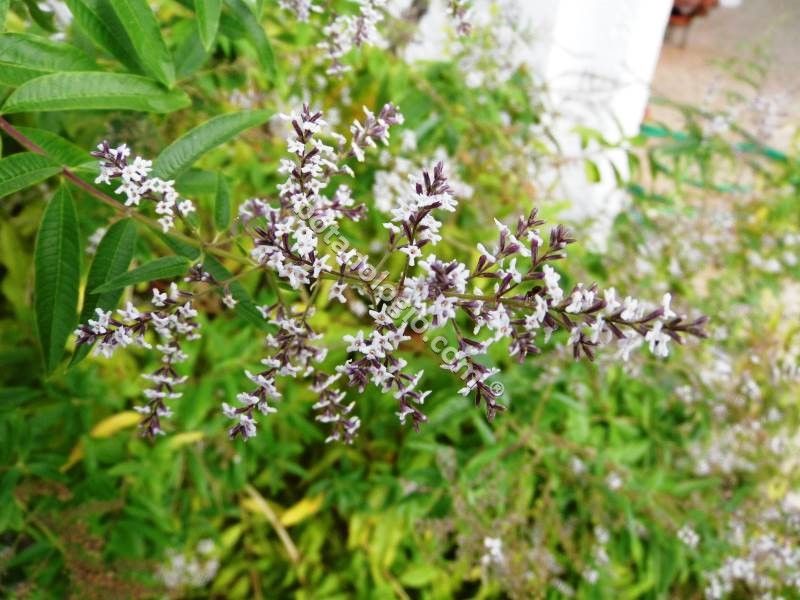Treat cellulite in a natural way!

Cellulite is a condition that is of particular concern to women. The factors that cause cellulite are many and usually do not depend on our diet or exercise. Certainly a healthy diet, water intake and regular exercise significantly improve the appearance, but many times this is not enough. Estrogen plays an important role in the formation of cellulite, and consequently the regulation of hormones.
Cosmetic surgery is definitely not the solution, not only because it is expensive or potentially harmful to health, but also because it cannot be permanent for all of the above reasons. Of course, nature gives solutions and in fact many. The results, as it is logical, may not be obvious for example in a period of two weeks as promised by the products of the trade, but they have a long duration and spectacular results in both the appearance and the texture of the skin!
Below we suggest recipes and ingredients to fight cellulite naturally and effectively!
You can choose what materials you need and suit you to make your own mask, scrub or massage oil. Useful ingredients are green and red clay, seaweed powder, ivy extract, sugar, coarse salt, olive oil or any oil of your choice and of course a list of herbs and essential oils.
Simple clay mask with lemon:
Easy mask, where in 3 tbsp. clay, add 1 tbsp. squeezed lemon and fill with water to make a pulp. Spread on the desired area and let it dry. The clay is firming and cleansing, while the lemon deeply detoxifies.
Algae mask with clay:
A little more complex but with spectacular results for both cellulite and the hydration it offers to the skin! Mix two tbsp. seaweed powder with a tbsp. clay. Add 1 tbsp. almond oil and 5 drops of cinnamon essential oil. With this mask, first massage the areas you want and leave for 20 minutes. Cinnamon essential oil is warming and causes hyperemia in areas with cellulite. In combination with almond oil, it deeply moisturizes!
Clay mask with cinnamon powder:
The ratio is as above, where we put 2 tbsp. powdered clay and 1 tbsp. cinnamon powder. The oil is again 1 tbsp. while cinnamon essential oil can be replaced by grapefruit, juniper, cypress, ivy or pine.
Masks should be done 3 times a week for about a month.
Sugar body scrub:
The scrub causes hyperemia, as a result it helps a lot the microcirculation in the areas we want. It can be made with both sugar and coarse salt or a combination of both. Exfoliation softens the skin while helping the ingredients to penetrate deeply. Mix the sugar with oil of your choice, ivy oil would be ideal. Or by adding to a simple oil essential oils such as rosemary, lemongrass which also causes firming, or lemon.
Another solution, although time consuming, is massage. Massaging the areas with cellulite helps a lot in treating the appearance of orange peel, but it takes time and patience. It takes at least 20 minutes of massage daily for a month to get results. The oil base, it is good to be almond oil or sesame oil which are finer oils and absorbable. In 100ml of oil add up to 10 drops of essential oils. A very good combination is juniper with pine and lavender. While the combination of grapefruit with lavender has a wonderful aroma.
Finally, daily baths with herbs and essential oils are also effective, but the time exceeds 45 minutes per day. But you can combine one bath a week with the above recipes.
Be careful not to use any herbs or oils to which you are allergic. While you should never exceed the dosages.
body scrub, cinnamon, clay, clay mask, essential oils, herbs, herbs for cellulite, herbs for fluid retention, masks for cellulite, natural masks, rosemary





